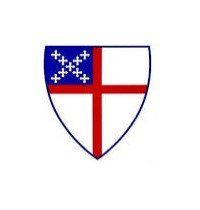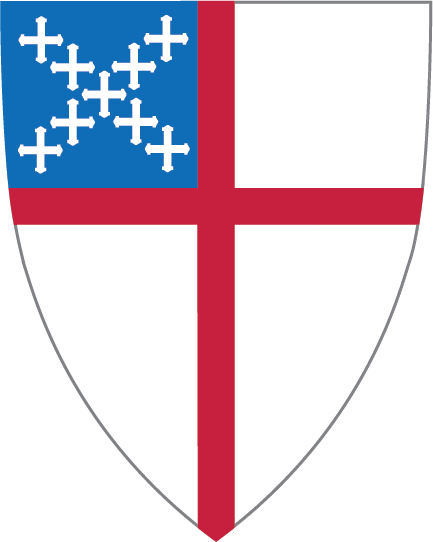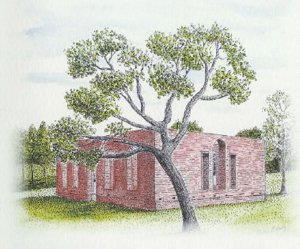THE HISTORY OF ST. PHILIP'S
St. Philip’s Parish was created for Port Brunswick in 1741. In 1748, Spanish privateers attacked and captured the Port of Brunswick and held it for several days. During this time the Spanish flag flew over the parish of Old St. Philip’s.
Construction of St. Philip’s Church at Brunswick Town began in 1754, and in the spring of 1760 Royal Governor Arthur Dobbs announced his intention of designating St. Philip’s Church as His Majesty’s Chapel in North Carolina . St. Philip’s was completed and dedicated in 1768, and served the town of Brunswick until the structure was burned by the British during the American Revolution in 1776. The remains of the original church building still stand at Brunswick Town, preserved as a state historical site off Highway 133, approximately ten miles north of Southport . Supposedly, the altar rail in the Chapel of the Cross at St. Philip’s came from the original structure.
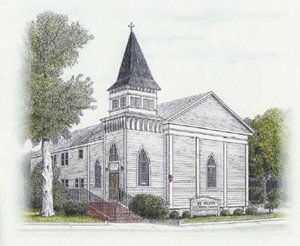
The Chapel of the Cross at St. Philip’s Church was erected in 1843. The commander of Fort Johnston at that time, Colonel Thomas Childs, is said to be partly responsible for the church's construction. Evidently Colonel Childs desired a church to serve the fort, and his soldiers were supposedly used as labor to build the church. Today Fort Johnston is directly across the street from our church, and for many years was used by the U.S.. Army as a residence for the Commander and other staff of The Military Ocean Terminal at Sunny Point.
The earliest record for a full-time rector was the Rev. Peyton Gallagher, leading St. Philip’s from June, 1852 to March, 1853. The first vestry was elected in 1850, and in 1851 the parish was admitted into the diocese as “Old St. Philip’s.” It was the intention of its members at that time to perpetuate the memory of the original church of Brunswick Town, through the existence of the new parish. The church continued to flourish, and in an address to the diocesan convention in 1860 Bishop Atkinson reported that he had consecrated St. Philip’s Church in “Smithville,” as Southport was known at that time.
In February of 1865 after the evacuation of Fort Johnston by Confederate forces, the church was immediately seized and occupied by Union forces. It was used as a hospital for their wounded, and later as a school for African-American children. From March, 1876 to March, 1878 the church grew and again prospered. A small addition was made to the vestry room and church was enclosed with a “proper fence.” During this period Colonel A.C.M. Pennington and his command of U.S. troops stationed at Fort Johnston were responsible for acquiring a new communion table, alms basin, and lectern. A new organ was also obtained during this period.
Since its creation in 1741, St. Philip’s has withstood many changes and challenges. It has worshiped under seven different political flags.
St. Philip's Sanctuary, Parish Hall and Administrative Building
The main church, or Sanctuary, at St. Philip's Church was built about 20 years ago to accommodate our growing congregation. The Sanctuary has seating for over 200 worshipers, including a balcony that looks over the main worship space. The stained glass windows, donated by parishioners, allow light to stream into the worship space. One window depicting baptism ,and the other depicting confirmation frame the main altar in the worship space.
After many years of planning, we are pleased to open our Parish Hall and Administrative Building. The Parish Hall can be accessed from the main Narthex and from the Portico. Our new hall seats about 200 and is used for parish breakfasts and large meetings or gatherings.
The remainder of the Administrative Building houses our clergy and administrator offices on the first floor with meeting rooms, choir room and our church library on the second floor.
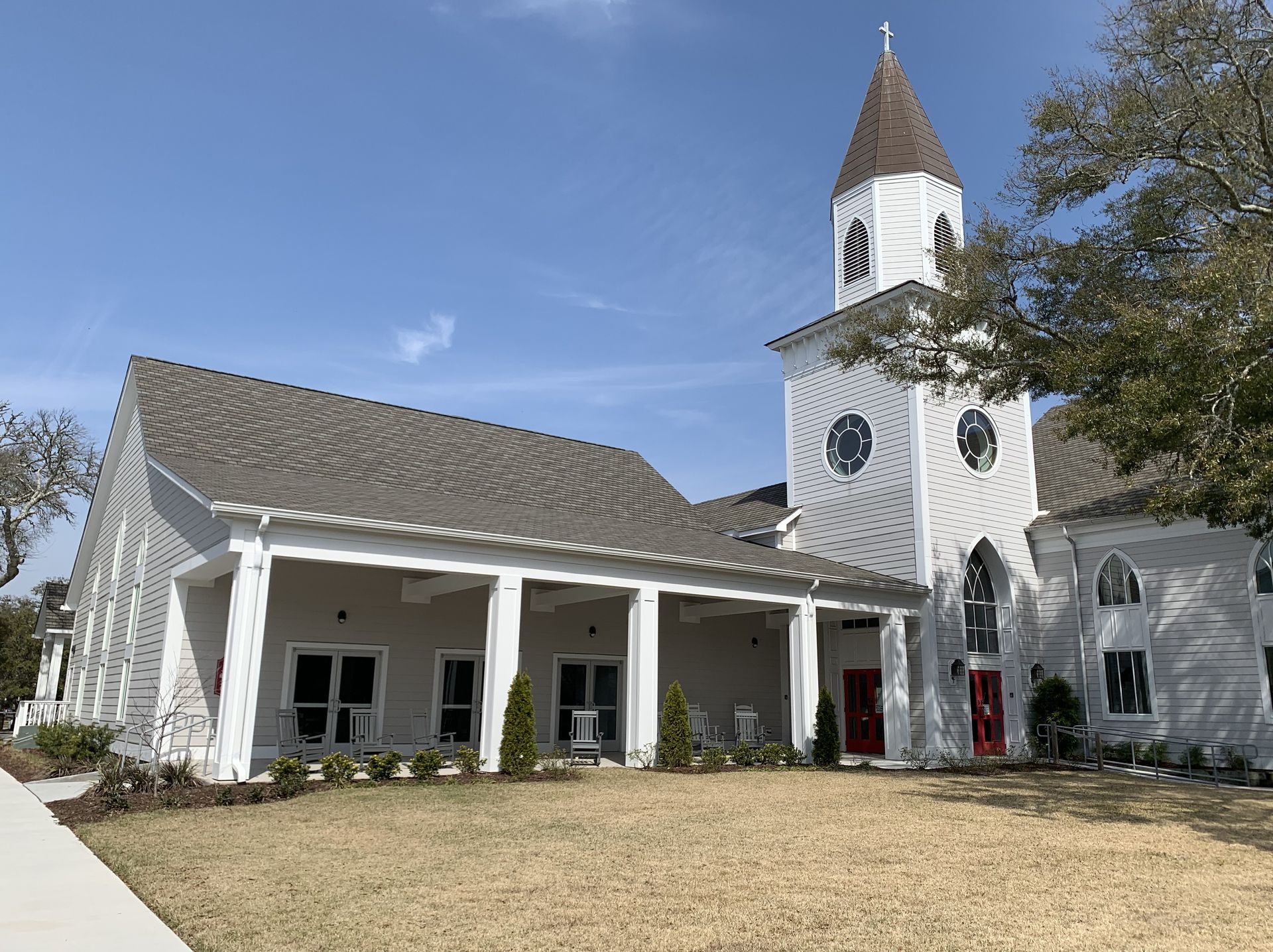
The Labyrinth at St. Philip's
At the corner of Moore and Dry Streets, St. Philip's labyrinth is available 24/7 for meditative walking and peaceful reflection.
A labyrinth is a spiritual tool that has been around for thousands of years. It is a single walking path for prayer and meditation (and sometimes just for fun) leading to a center space and returning to its beginning. Unlike a maze, there are no dead ends or choices to right or left – only a clearly defined pathway to follow. Walking the labyrinth quiets the mind, allowing one to reflect, to receive and to renew.
OUR LABYRINTH is a five-circuit, neo-medieval cruciform design. In other words, there are five paths (circuits) which encircle the center space. Within this new (neo), yet centuries old (medieval) design, the shape of a cross (a cruciform) is created, dividing the design into four quadrants with various bends and turns.
Personalized pavers are available to be incorporated into the pathway. If you would like to purchase a paver engraved with your family’s names(s) or with a special sentiment, verse, or date to commemorate, please print and return the form below to the church office. Prepayment of $60.00 is required. Checks should be made payable to St. Philip’s with PAVER on the memo line. The inscription must fit in a grid of squares 4x14.
Labyrinth Engraved Paver Order Form.
